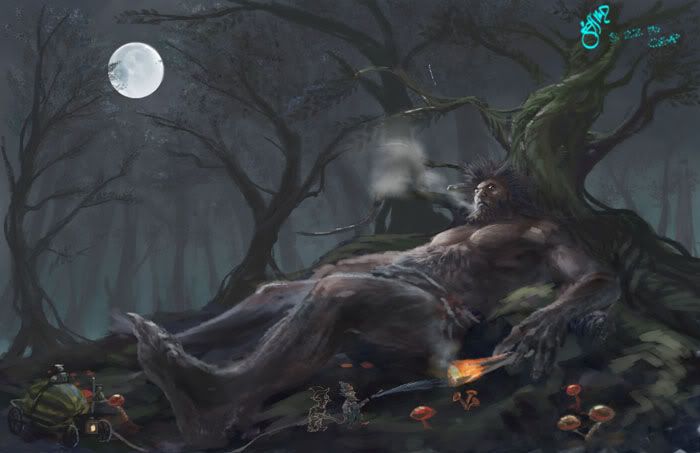
The Philippines has a large variety of mythical creatures, especially in the countryside (rural areas). Most of Filipinos believe that they exist despite the fact that there is no scientific evidence for any of these creatures. To this day, the mythical beings still play an active role in the lives of many Filipinos and sometimes used to scare children.
Here’s a list of the scariest mythical creatures in Philippine folklore that you probably didn’t know:
10. Duwende/Nuno
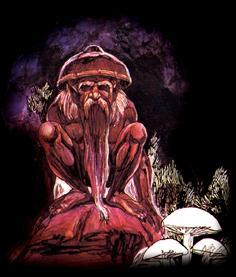
This dwarf-like creature is believed to live in a punso (anthill), trees, underground and mounds. Duwendes have two main types: the duwende puti and duwende itim. The former are said to bring good luck while the latter is mean to humans. They become scary if someone will destroy their home and punish the culprit with a myriad of ailments such as swelling or vomiting. Hence, the phrase “tabi, tabi po” is usually used to pay respect to their presence.
9. Pugot
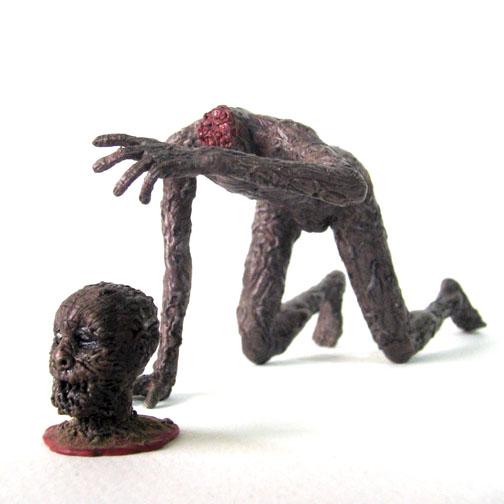
Pugot (which means decapitated) is a headless demon that has its origin in the Ilocos Region. It can assume various forms which include dogs, pigs and humans. This mythical creature appears to be black and gigantic; they like living in trees such as santol, duhat and tamarind. It may have some scary features but this creature is totally harmless, however, they are fond of stealing women’s underwear dried on a clothesline.
8. Kapre
Kapres are described as tall, dark and filthy creatures that could be characterized as a tree demon. They like to dwell in big tress like mangoes, bamboo, balete and acacias while smoking a gigarmous roll of tobacco. The Kapre is not that much scary, they simply enjoy scaring children and vacationers away.
7. White Lady/Kaperosa
Not actually a mythical being but somehow this creature became fabled. The White Lady is a type of female ghost reportedly seen in rural areas and sometimes associated with some tragedies (Balete Drive). They are known in the Philippines as Kaperosa and can be seen in a white dress with no face or sometimes covered in blood. Their favorite spots are roads, houses and at the backseat of cars.
6. Tikbalang
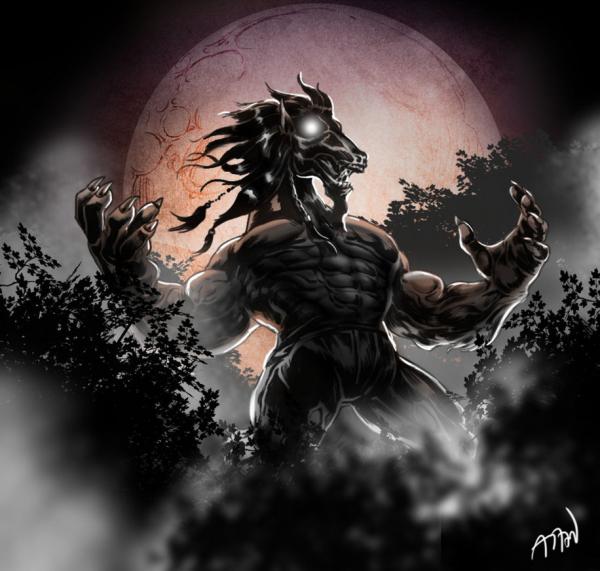
Tikbalang (demon horse) is described as a mythical being that has a horse’s head and the body of a human but with the feet of the horse. They are believed to lurk in the mountains and forest of the Philippines. These creatures like to rape female humans at night and the raped women will then give birth to more tikbalang. They are also believed to make a person hallucinate and cause travelers to lose their way.
5. Sigbin
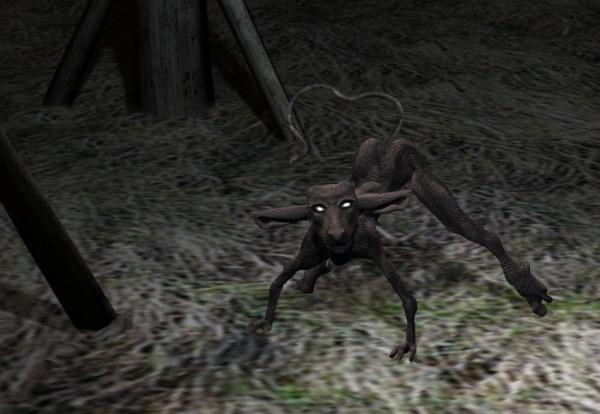
The Sigbin is said to come out at night to suck the blood of victims from their shadows. It is said to walk backwards with its head lowered between its hind legs, and to have the ability to become invisible to other creatures, especially humans. It resembles a hornless goat, but has very large ears which it can clap like a pair of hands and a long, flexible tail that can be used as a whip.
4. Tiyanak
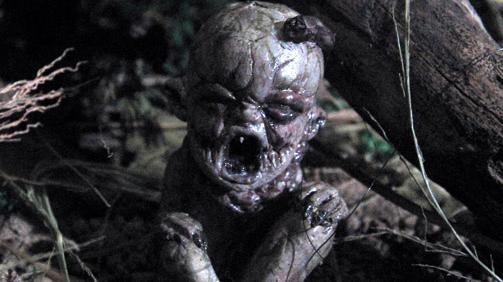
(https://en.wikipedia.org/wiki/Sigbin)
The tiyanak or demon babies are mythical creatures that imitate the form of a new born baby. It is similar to sirens of the Greek mythology that lures its prey with its voice. To attract unwary travelers, it cries like a newborn child and when picked up, it reverts to its original form and attacks the victim. The tiyanak is depicted to abduct children and make travelers lost their way.
3. Kumakatok
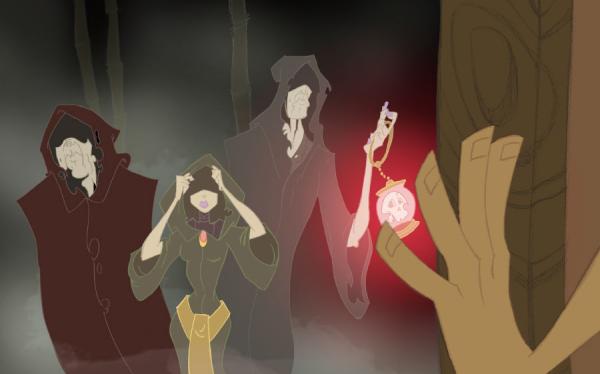
(https://en.wikipedia.org/wiki/Kumakatok)
The Kumakatok (a Tagalog term which means ‘knock’) is said to be a group of three robed figures believed by many in the Philippines to knock on doors in the middle of the night. A visit from the Kumakatok is usually an omen of death, as either the eldest or an ill member of the house visited will subsequently die. The visits are supposedly more frequent after a disease outbreak. Residences of Luzon and Visayas at one time painted white crosses on their doors to ward off the Kumakatok.
2. Batibat
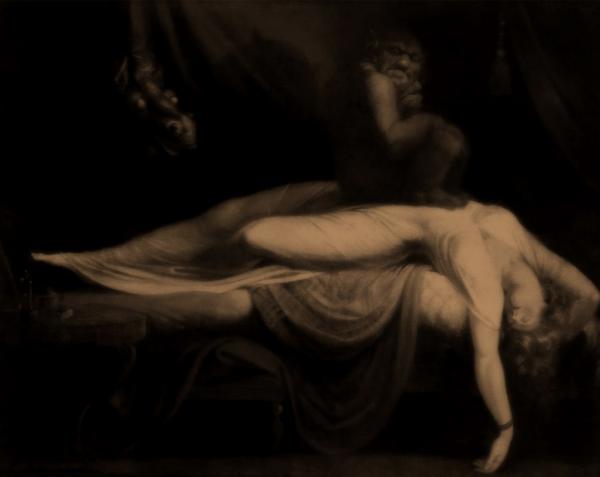
(https://en.wikipedia.org/wiki/Batibat)
This mythical creature is a vengeful demon and is blamed as the cause of the fatal nocturnal disease called bangungot. A batibat takes the form of a huge, old, fat woman that resides in trees. They usually come in contact with humans when the tree that they reside in is filled and made into a support post for a house. This causes them to migrate into holes found in the post. The batibat forbids humans from sleeping near its post. When a person does sleep near it, the batibat transforms to its true form and attacks that person. It sits upon the chest of its victim until he suffocates.
1. Wakwak
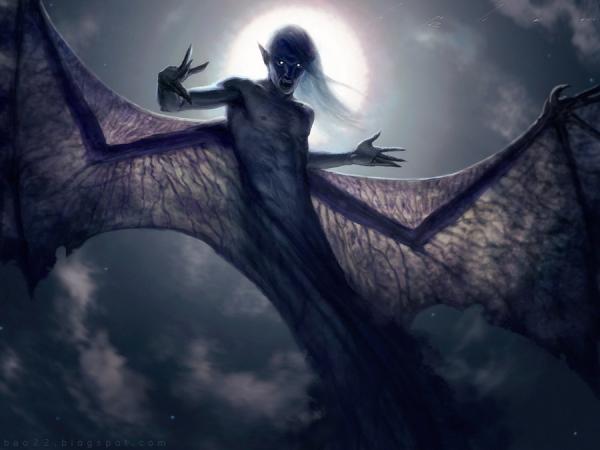 Similar to the Mananaggal and the Ekek in rural areas of the Philippines, the wakwak is described as a vampiric and birdlike creature. Its difference from the Manananggal is that it cannot separate its torso from its body. Other people believed that a wakwak is a bird belonging to a mangkukulam (witch) or ungo (monster). It mutilates its victims and feeds on their hearts.
Similar to the Mananaggal and the Ekek in rural areas of the Philippines, the wakwak is described as a vampiric and birdlike creature. Its difference from the Manananggal is that it cannot separate its torso from its body. Other people believed that a wakwak is a bird belonging to a mangkukulam (witch) or ungo (monster). It mutilates its victims and feeds on their hearts.
You may also read this: 10 Things You Probably Didn't Know About These Ten Manila Cemeteries.










